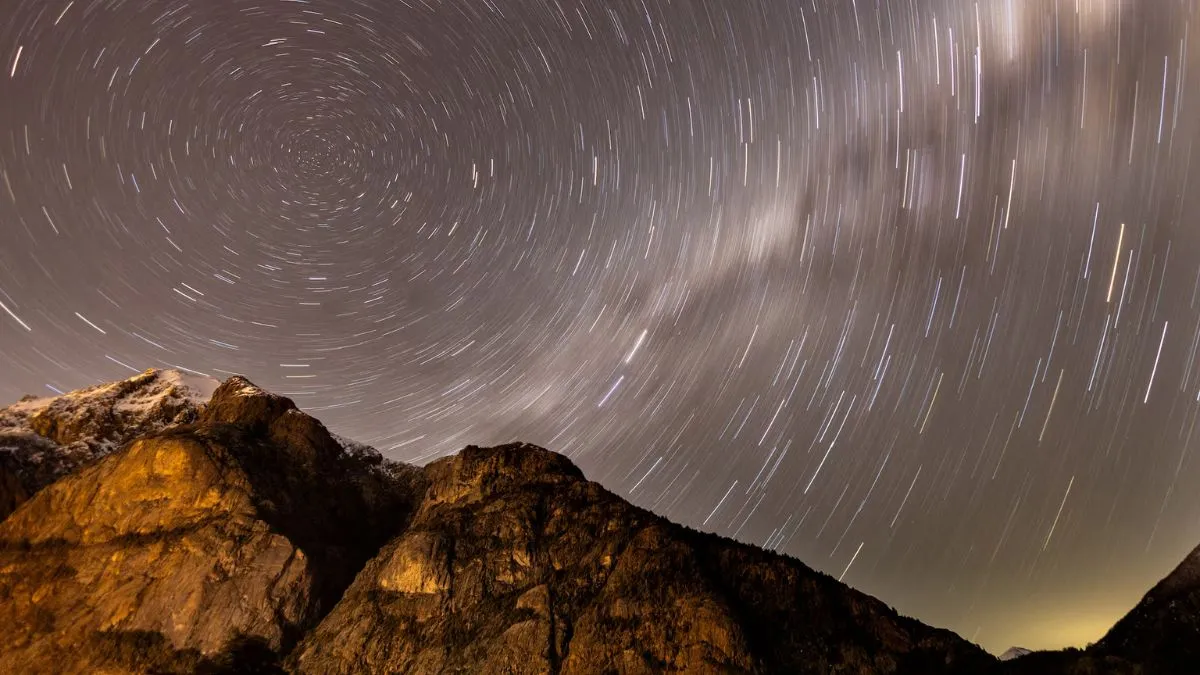This year, a bright moon will dampen viewing at the time of peak early Wednesday morning, so some experts recommend waiting a week or so to glimpse shooting stars against a darker sky. The Perseids “are an incredible meteor shower,” said Thaddeus LaCoursiere, planetarium program coordinator at the Bell Museum in St. Paul, Minnesota.
Under dark skies with no moon, the Perseids can produce between 60 to 100 meteors per hour, he said. Since the moon will be around 84 per cent full during the peak, skywatchers might expect between 10 to 20 meteors per hour, according to the American Meteor Society.
“This year I’m actually recommending that people go out a little bit later” — a week or so past the peak when the moon will not be as bright, LaCoursiere said.
Viewing of the Perseids lasts until August 23.
What is a meteor shower?
As the Earth orbits the sun, several times a year it passes through debris left by passing comets and sometimes asteroids. The source of the Perseids is debris from comet 109P/Swift-Tuttle.
When these fast-moving space rocks enter Earth’s atmosphere, the debris encounters new resistance from the air and becomes very hot, eventually burning up.
ALSO READ: Did You Know? Scientists Reveal Mystery Behind Mass Death of Five Billion Sea Stars Along Pacific Coast
Sometimes the surrounding air glows briefly, leaving behind a fiery tail — the end of a “shooting star.” You don’t need special equipment to see the various meteor showers that flash across annually, just a spot away from city lights.
How to view a meteor shower
The best time to watch a meteor shower is in the early predawn hours when the moon is low in the sky. Competing sources of light — such as a bright moon or artificial glow — are the main obstacles to a clear view of meteors. Cloudless nights when the moon wanes smallest are optimal viewing opportunities.
